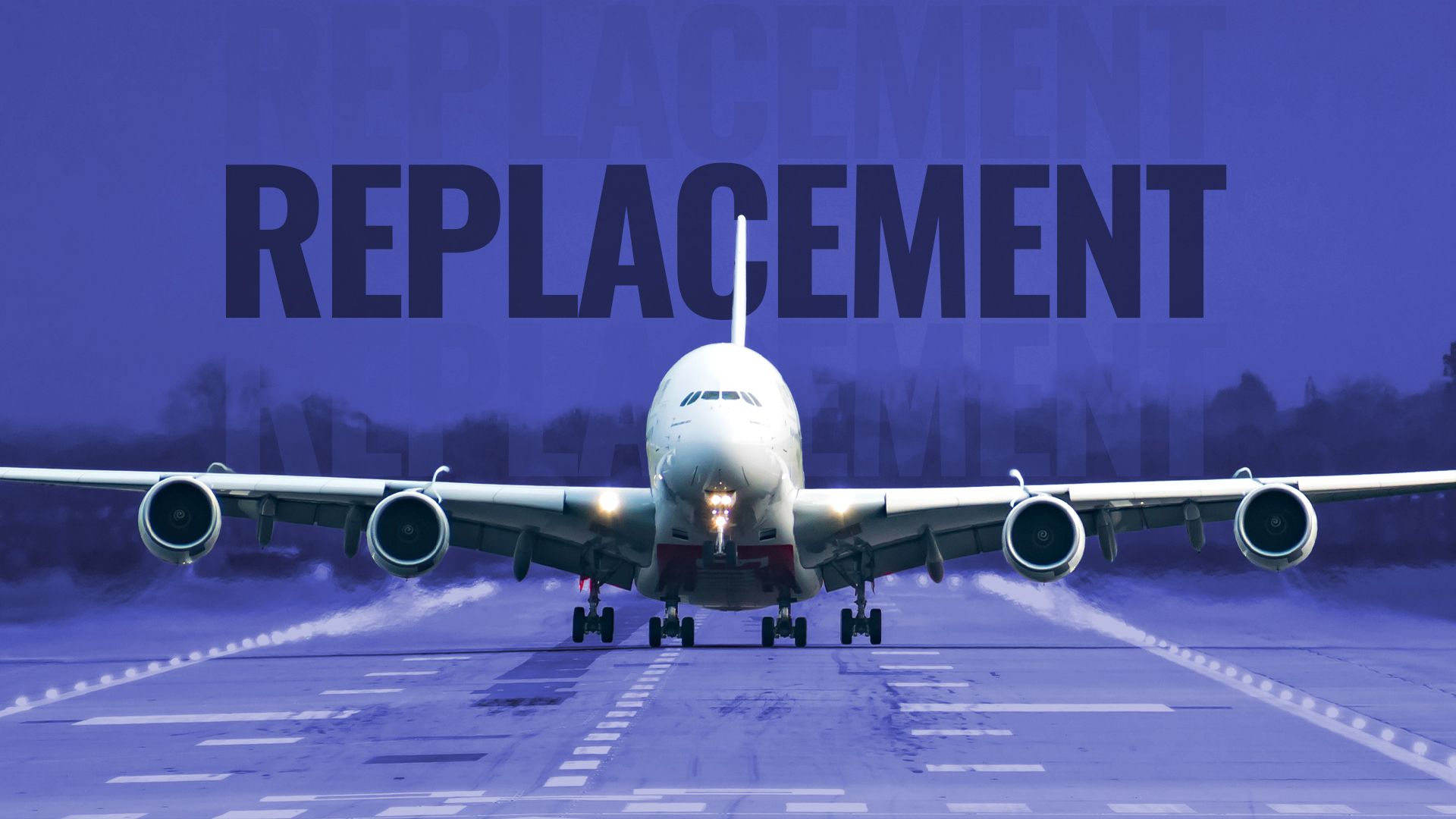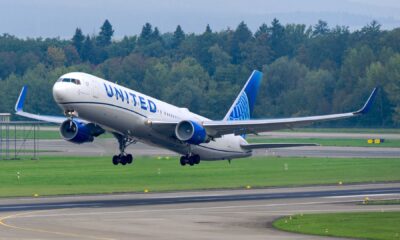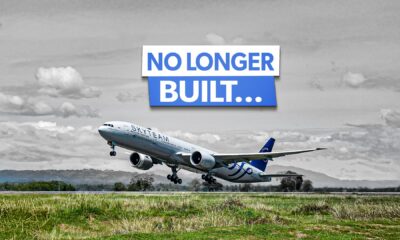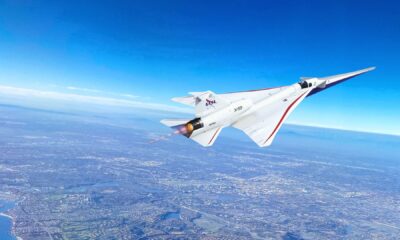World
Boeing 777X Set to Succeed Airbus A380 on High-Capacity Routes

The Airbus A380, once the pinnacle of commercial aviation, is gradually being phased out as airlines adapt to changing market demands. Since Airbus ceased production of the A380 in 2021, the iconic superjumbo has seen its fleet dwindle. Emirates, the largest operator with over 100 A380s, has been proactive in maintaining its extensive fleet, even acquiring secondhand models from other airlines. As the A380 reaches the end of its service life, the aviation industry is preparing for the arrival of the Boeing 777X, a new aircraft that promises to redefine high-capacity air travel.
Transitioning to the Boeing 777X
The Boeing 777X is set to enter service in 2027 and will be the largest twin-engine aircraft ever produced. While it will not match the A380’s capacity of up to 600 passengers, the 777X is designed for greater efficiency, aiming to meet the evolving needs of airlines facing economic pressures. The COVID-19 pandemic has significantly impacted the aviation industry, forcing carriers to rethink their operational strategies. This shift has led to the discontinuation of iconic quadjets like the A380 and Boeing 747, as airlines seek to balance capacity and operational costs.
The 777X aims to provide a passenger capacity of approximately 400-415 in a typical layout. Although this figure is lower than that of the A380, it allows for substantial cost savings. The aircraft’s advanced design features fewer and less complex maintenance needs, which translates to increased uptime and reduced operational expenses. With a lower airframe weight and quieter engines, the 777X can access a broader range of airports, enhancing its deployment flexibility.
Benefits of the 777X for Airlines
Airlines operating the A380 will find the transition to the 777X manageable, as the latter allows for only a minimal reduction in passenger capacity per flight while significantly lowering flying costs. The cabin architecture of the 777X can be easily reconfigured to adapt to market demand, enabling airlines to adjust their offerings between premium and economy classes as necessary.
One of the standout features of the 777X is its use of the GE9X engines, which are the largest turbofan engines ever installed on a commercial aircraft. With a thrust rating of 134,300 pounds, these engines provide the power needed to transport large numbers of passengers over long distances, all while being more fuel-efficient than their predecessors. This increased efficiency also addresses growing environmental concerns, as the 777X is expected to produce lower emissions compared to the A380 and other quad-engine aircraft.
The 777X’s cabin environment is designed to enhance passenger comfort. With larger windows, customizable LED lighting, and improved cabin humidity, travelers can expect a more pleasant flying experience. Additionally, the cabin altitude is set at 6,000 feet, which helps to reduce jet lag, a crucial factor for long-haul flights.
The aircraft’s noise levels are also a focus of improvement; the GE9X engines promise quieter operations, which, combined with enhanced cabin insulation, will create a more serene in-flight atmosphere.
The flexible design of the 777X allows airlines to modify not only seating arrangements but also lavatories, galleys, and crew rest areas. This adaptability is essential in a rapidly changing market, where airlines must respond to shifts in passenger demand and preferences.
As the A380 retires, its legacy of luxury and size will be hard to match. While the 777X may not replicate the indulgent experience of the A380, it represents a forward-looking evolution in air travel. Airlines will continue to innovate their offerings on this new platform, striving to maintain high standards of service as they transition to the next generation of aircraft.
In summary, while the Airbus A380 will always hold a special place in the history of aviation, the Boeing 777X is poised to take the lead in high-capacity air travel. With its blend of efficiency, adaptability, and passenger comfort, the 777X is set to become a vital player in the commercial aviation landscape as airlines navigate the future of air travel.
-

 World3 months ago
World3 months agoScientists Unearth Ancient Antarctic Ice to Unlock Climate Secrets
-

 Entertainment3 months ago
Entertainment3 months agoTrump and McCormick to Announce $70 Billion Energy Investments
-

 Science3 months ago
Science3 months agoFour Astronauts Return to Earth After International Space Station Mission
-

 Lifestyle3 months ago
Lifestyle3 months agoTransLink Launches Food Truck Program to Boost Revenue in Vancouver
-

 Technology2 months ago
Technology2 months agoApple Notes Enhances Functionality with Markdown Support in macOS 26
-

 Top Stories1 week ago
Top Stories1 week agoUrgent Update: Fatal Crash on Highway 99 Claims Life of Pitt Meadows Man
-

 Sports3 months ago
Sports3 months agoSearch Underway for Missing Hunter Amid Hokkaido Bear Emergency
-

 Politics2 months ago
Politics2 months agoUkrainian Tennis Star Elina Svitolina Faces Death Threats Online
-

 Technology3 months ago
Technology3 months agoFrosthaven Launches Early Access on July 31, 2025
-

 Politics3 months ago
Politics3 months agoCarney Engages First Nations Leaders at Development Law Summit
-

 Entertainment3 months ago
Entertainment3 months agoCalgary Theatre Troupe Revives Magic at Winnipeg Fringe Festival
-

 Politics1 week ago
Politics1 week agoShutdown Reflects Democratic Struggles Amid Economic Concerns





















